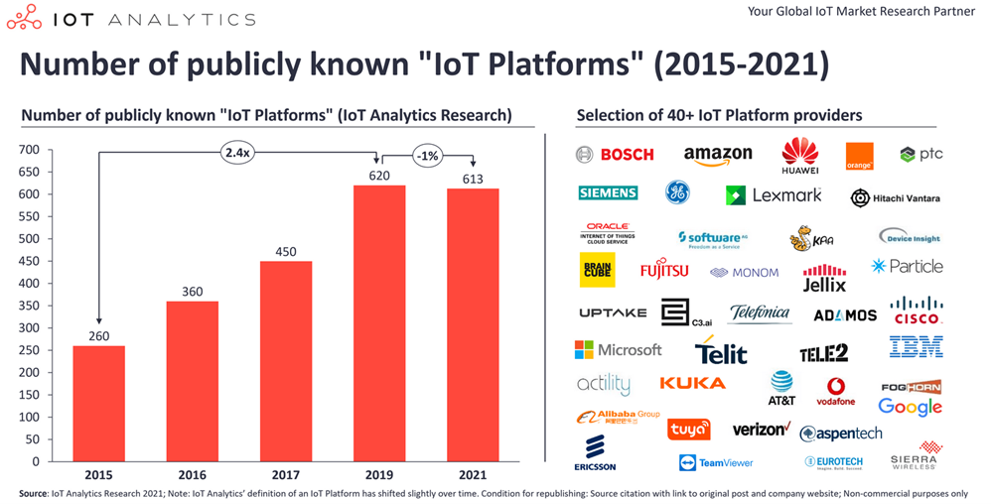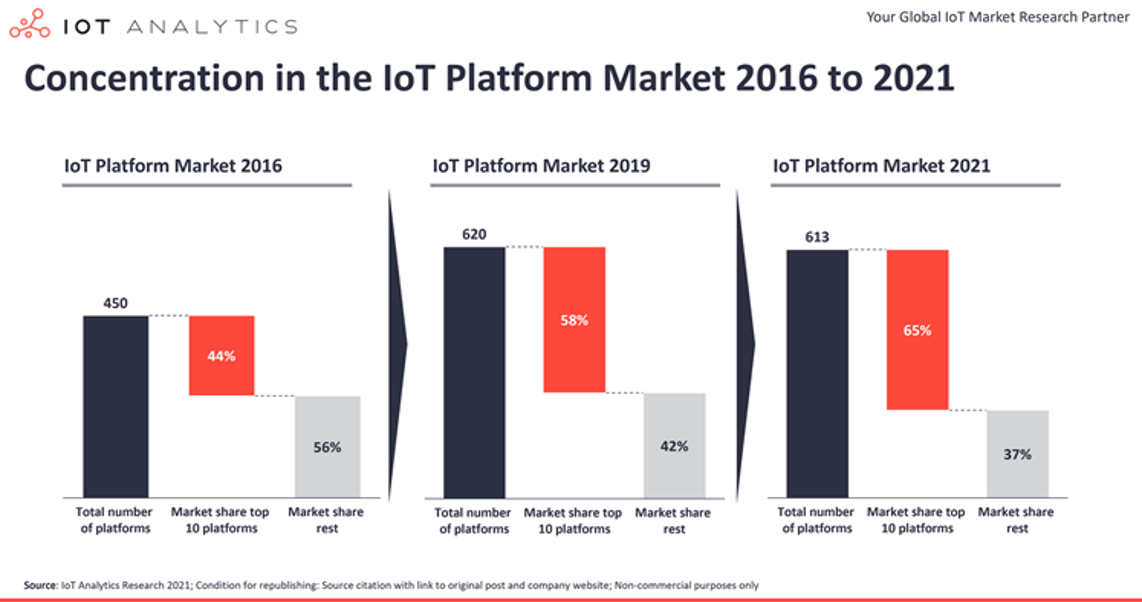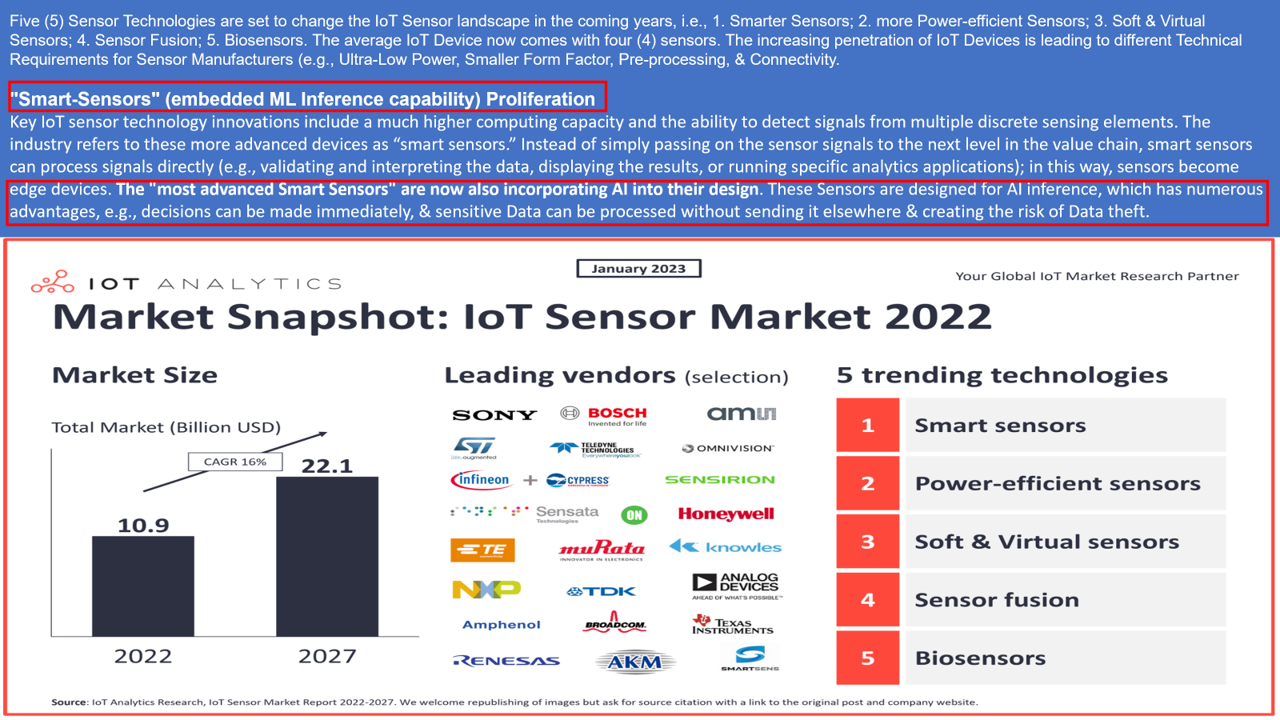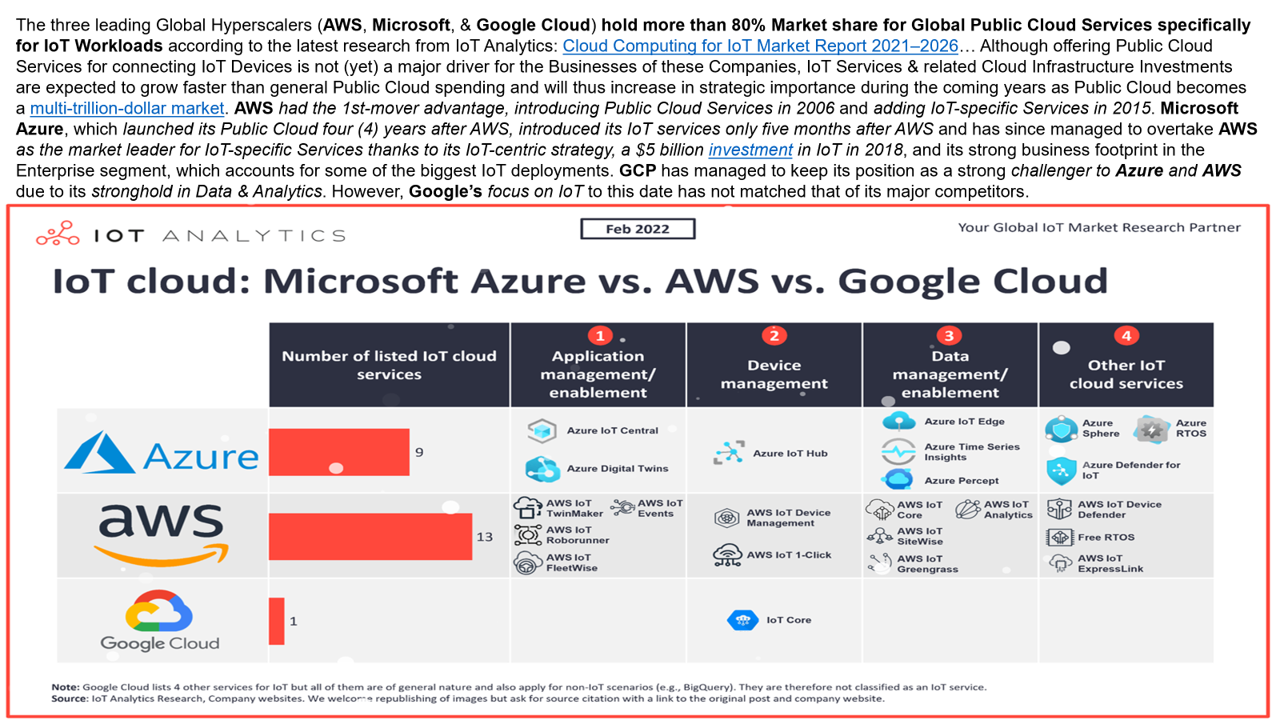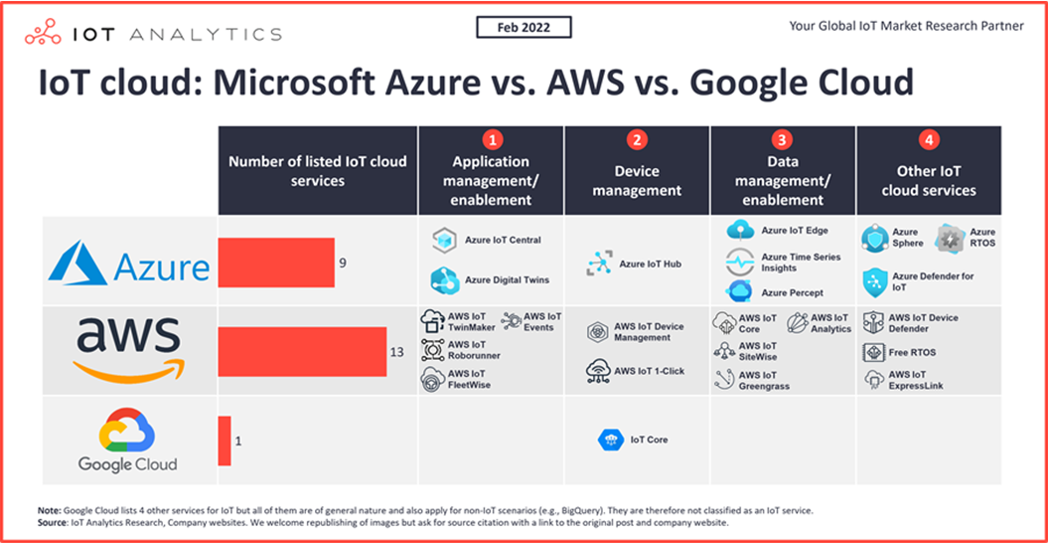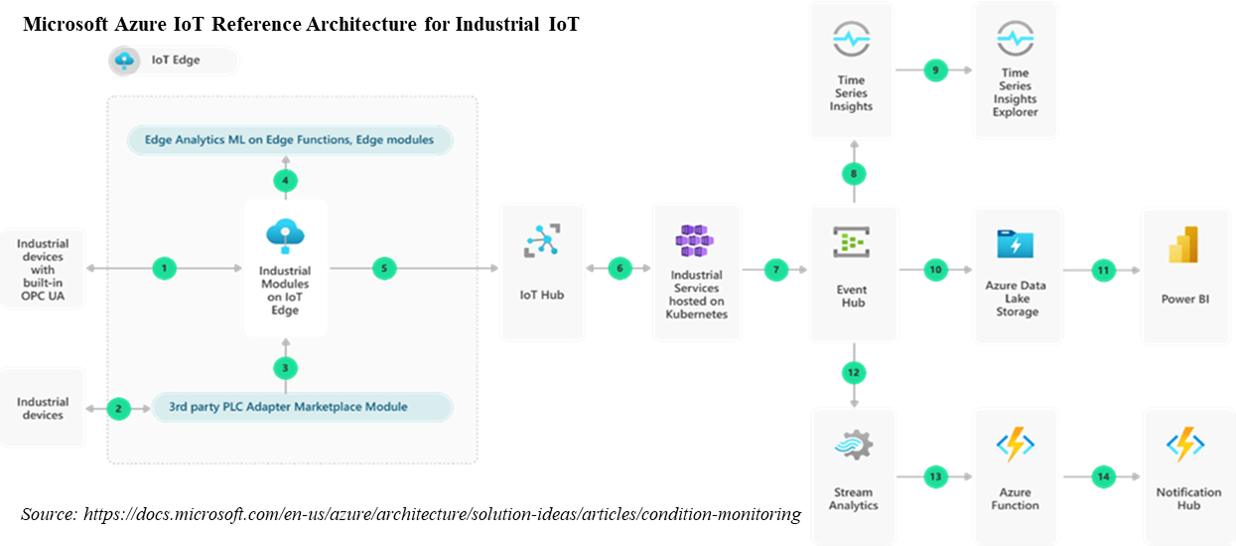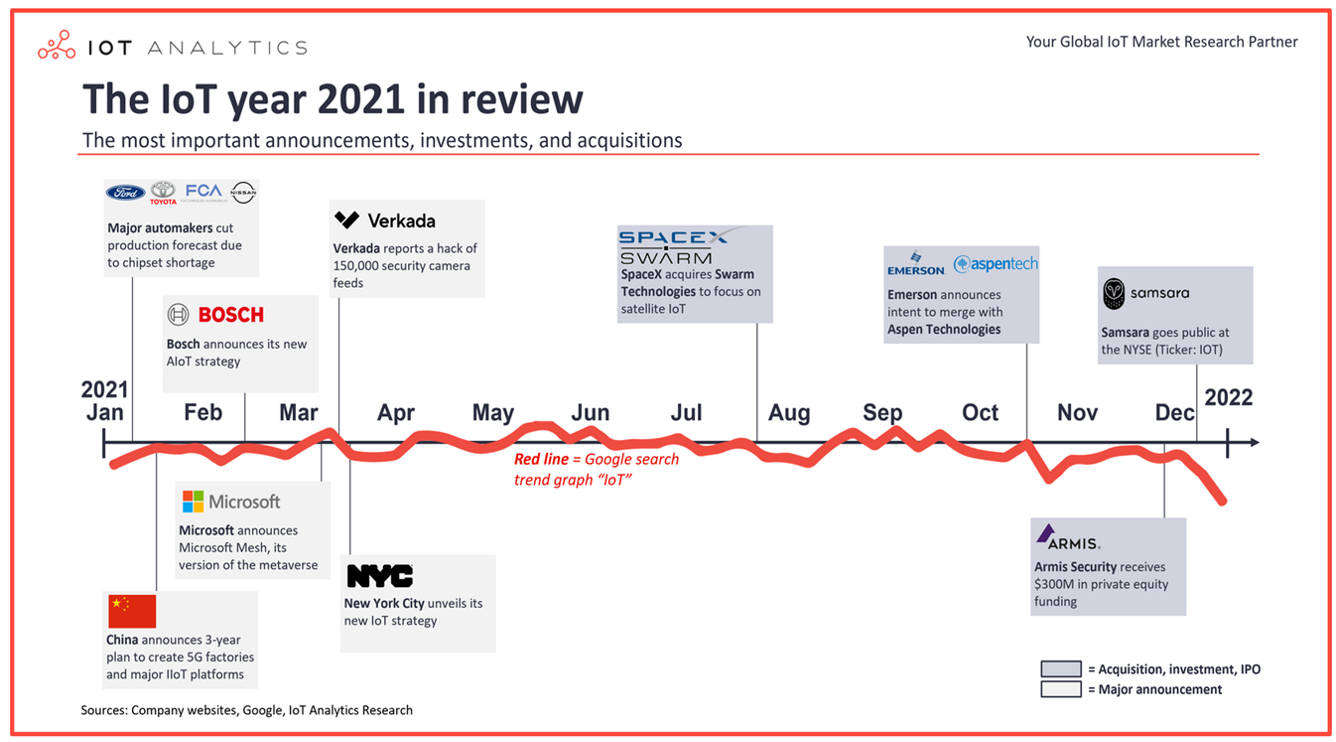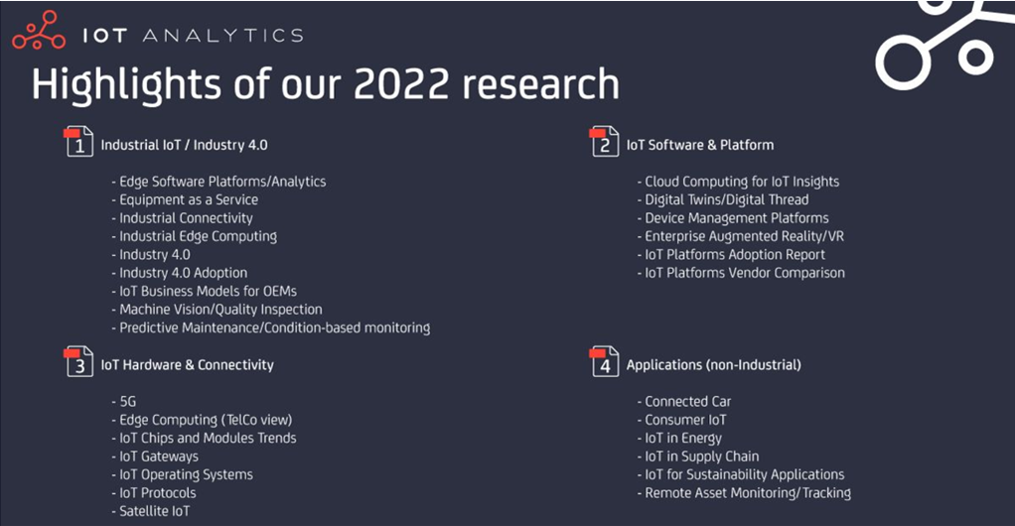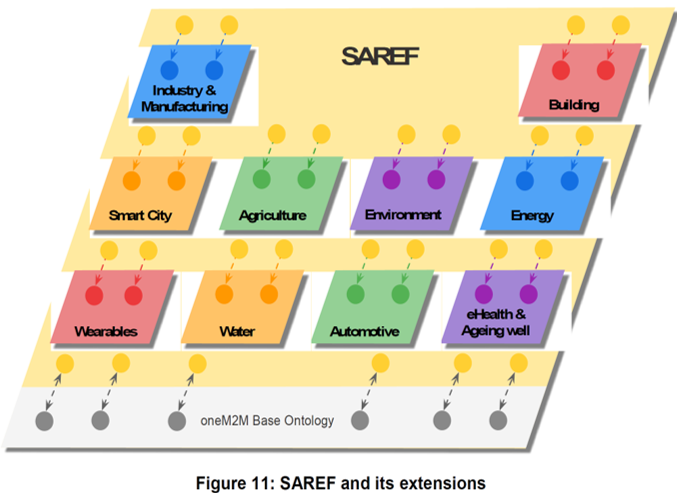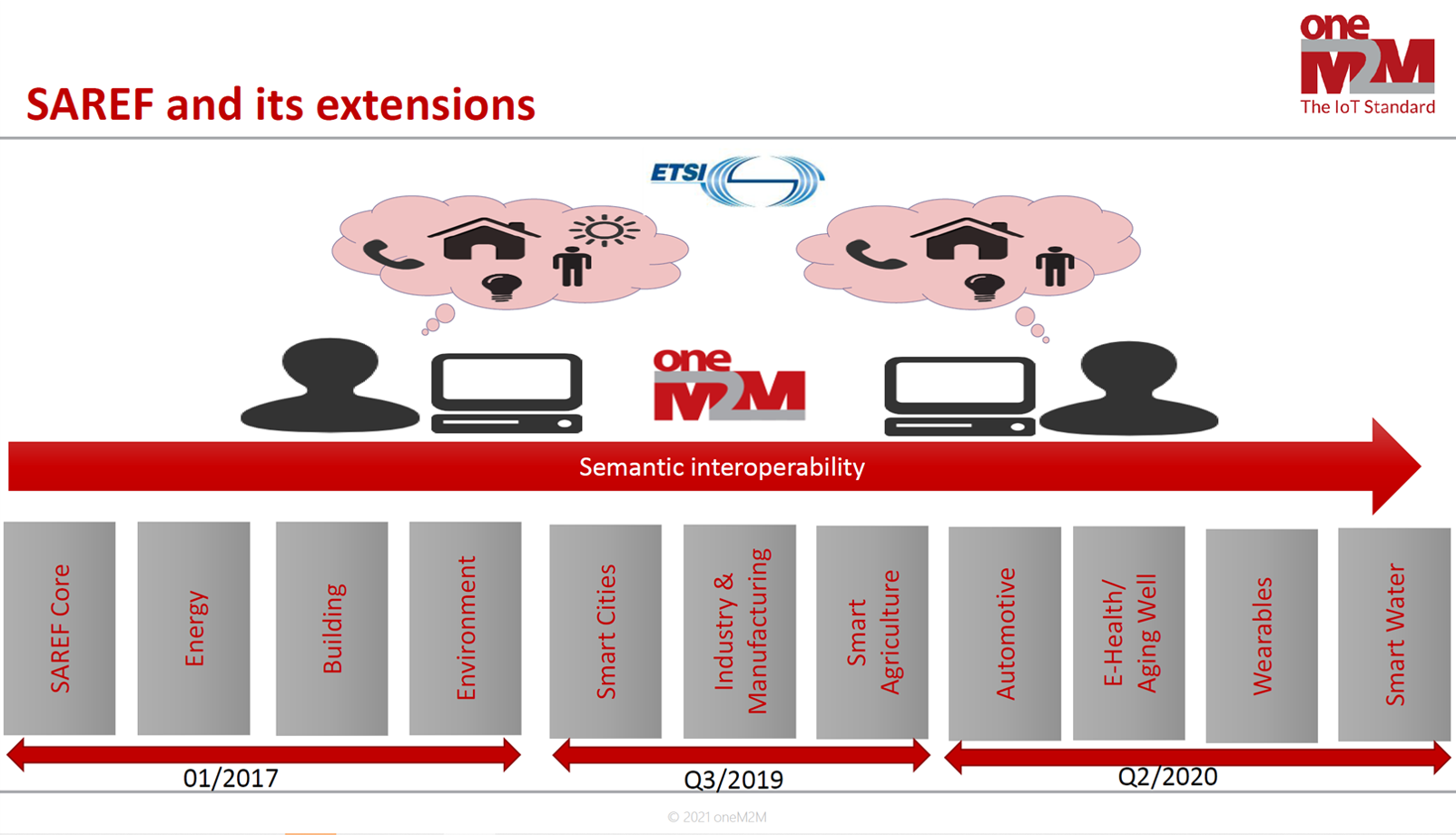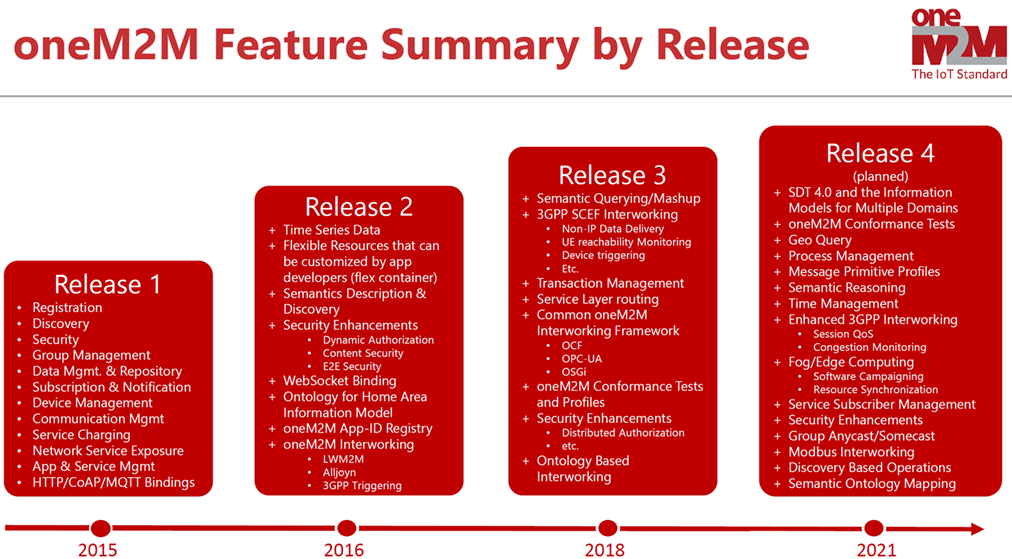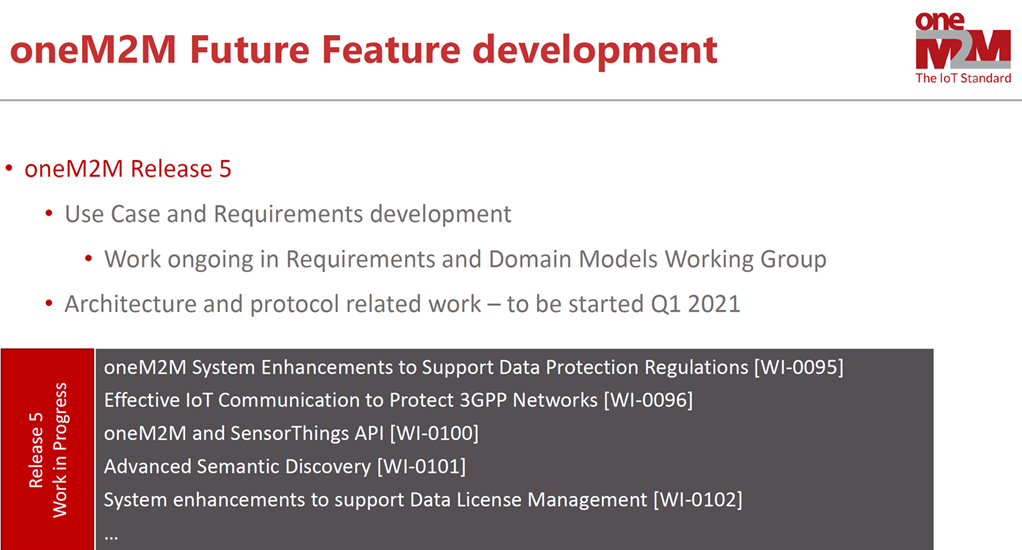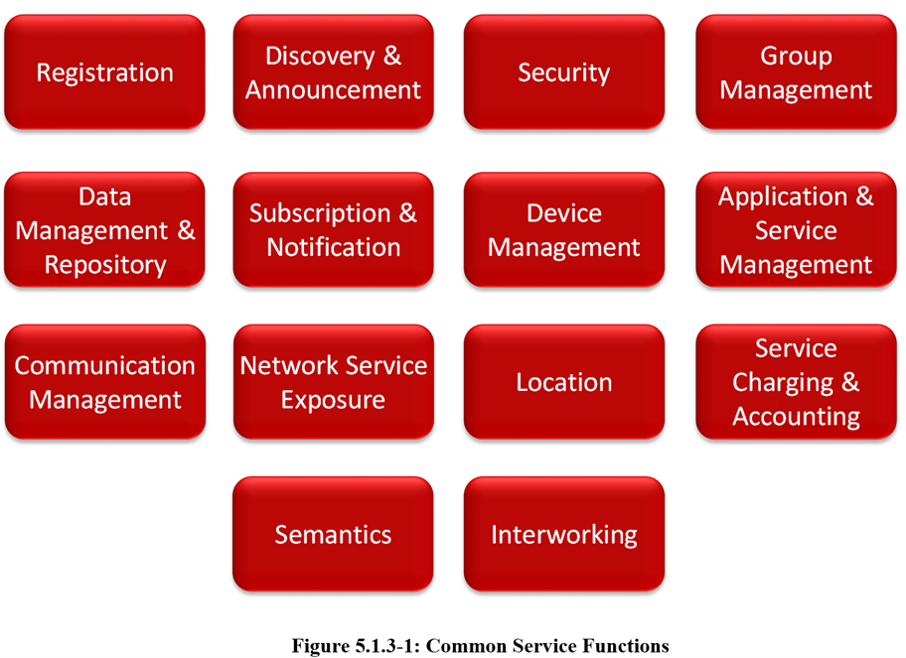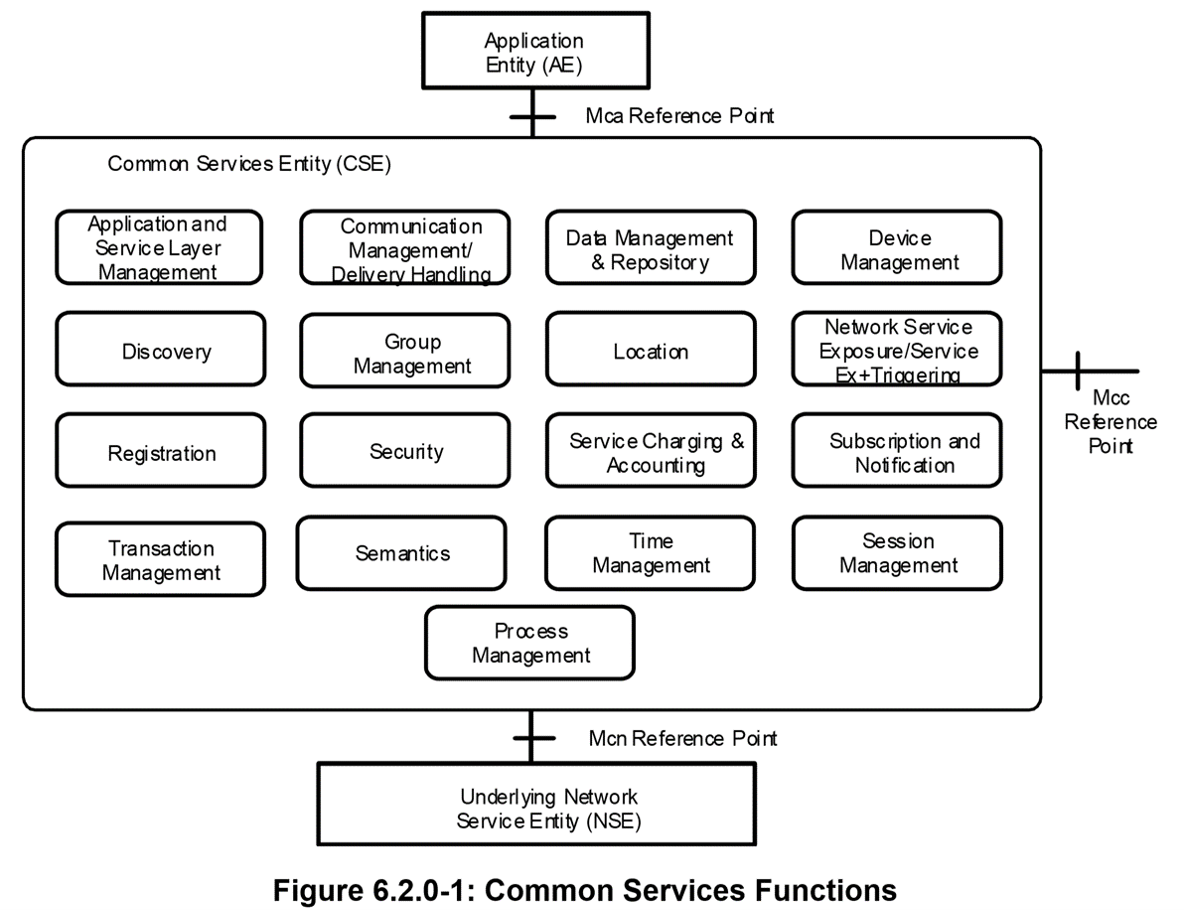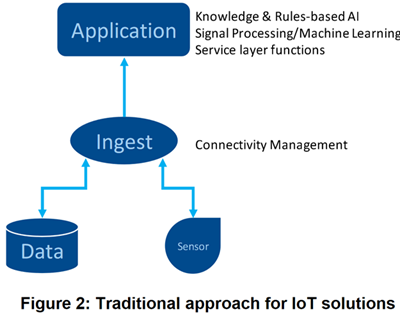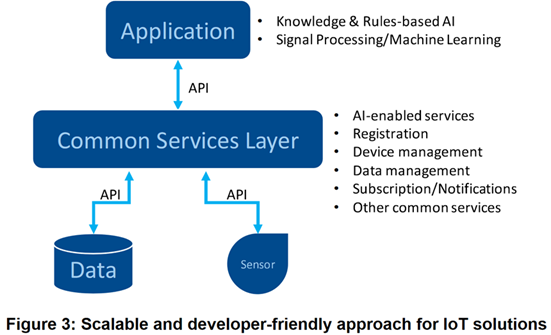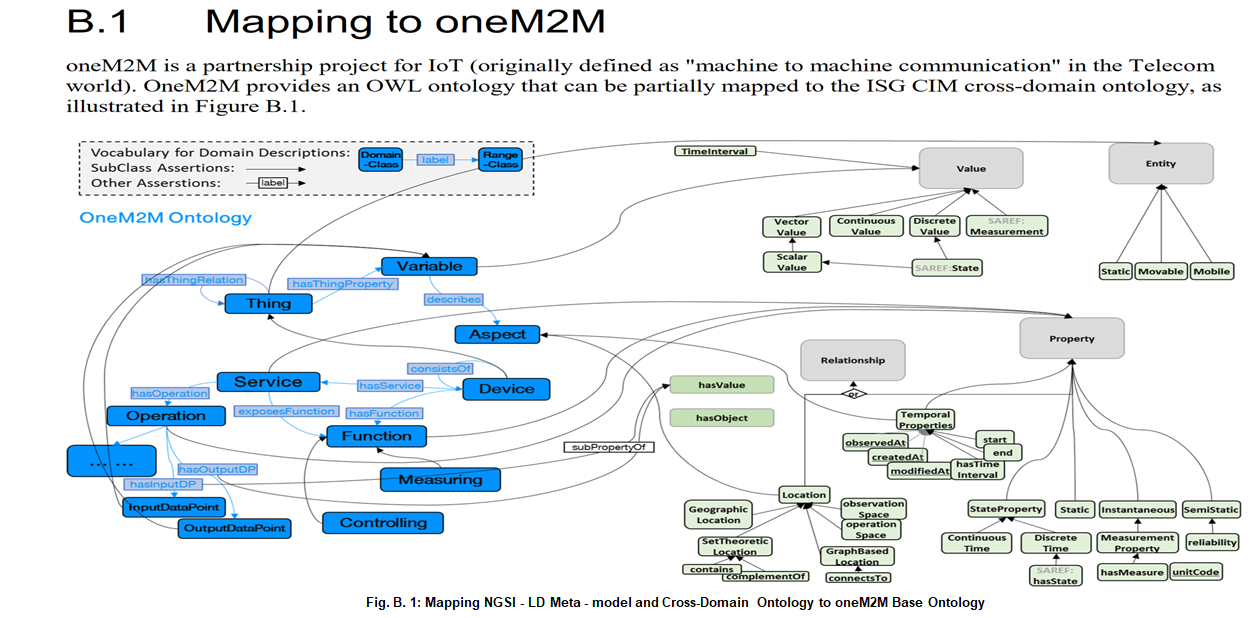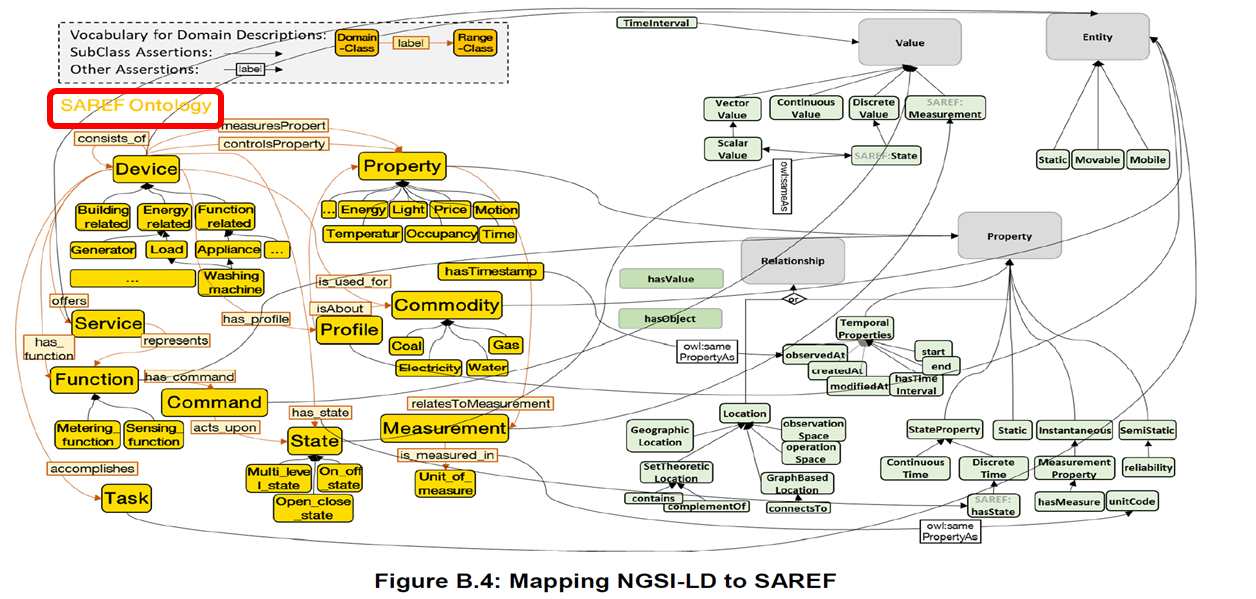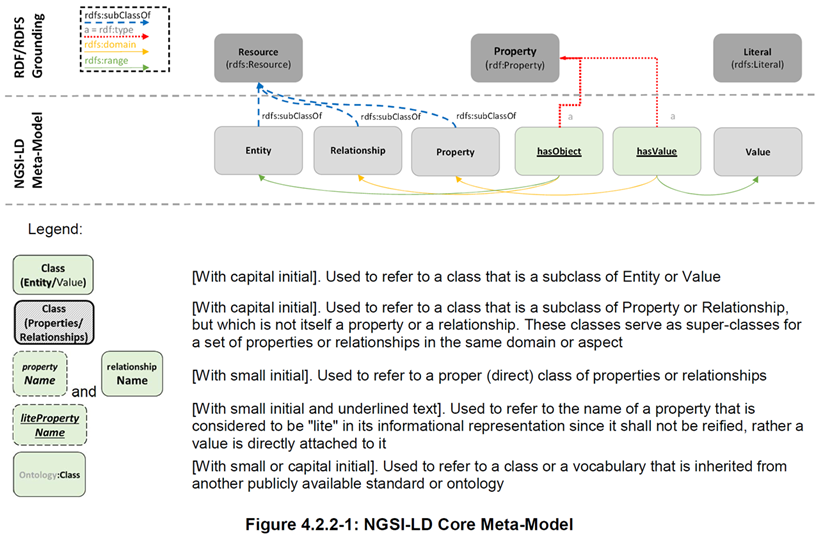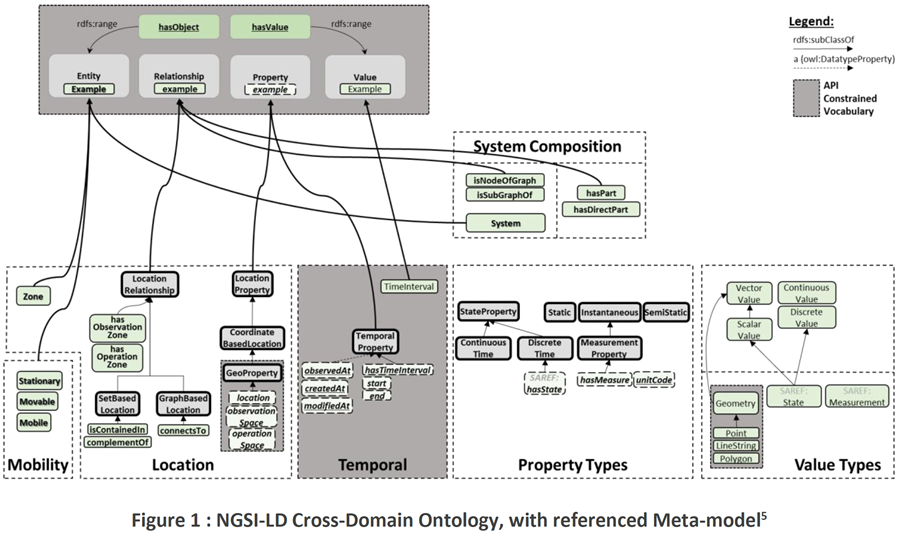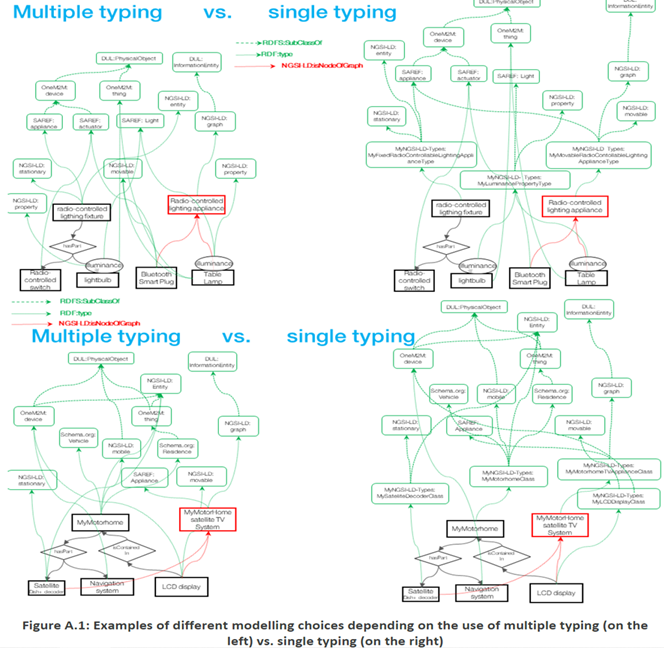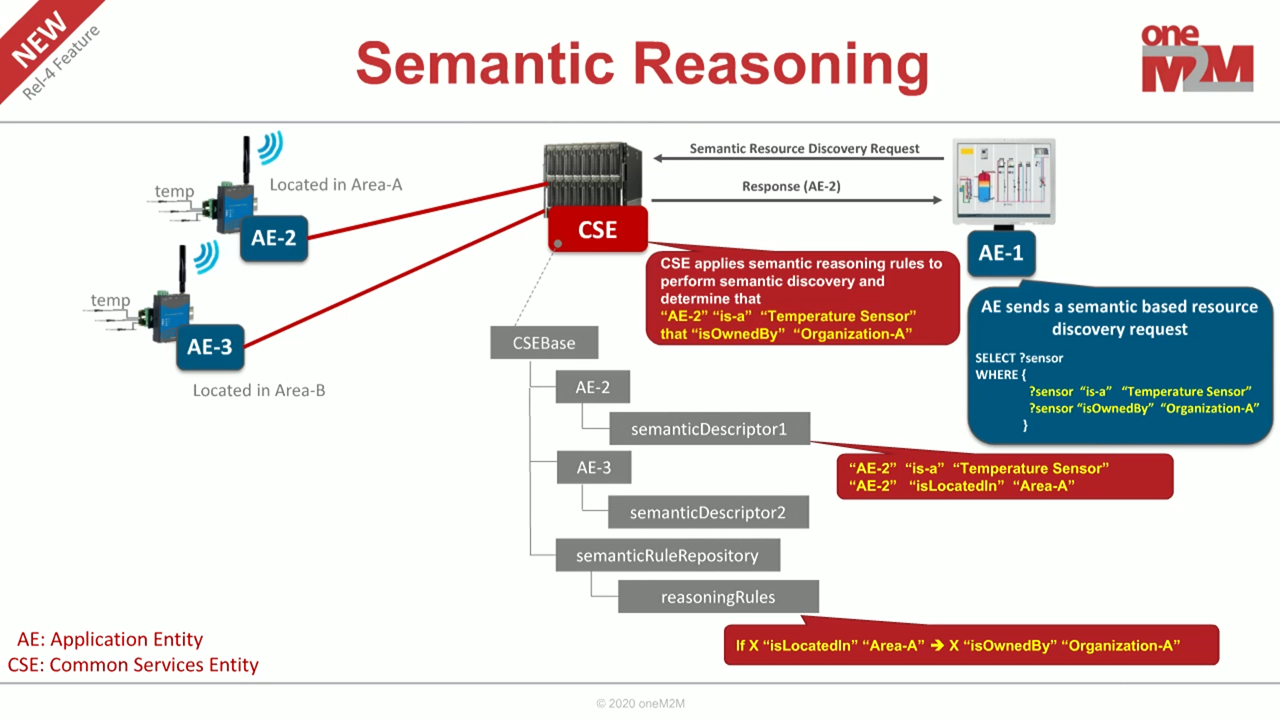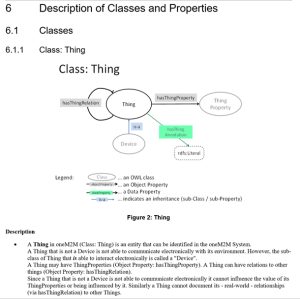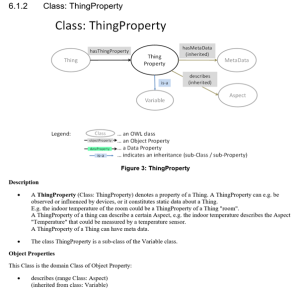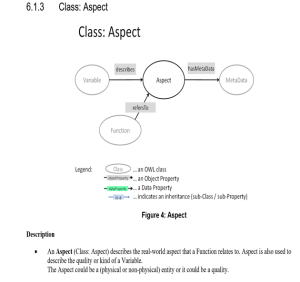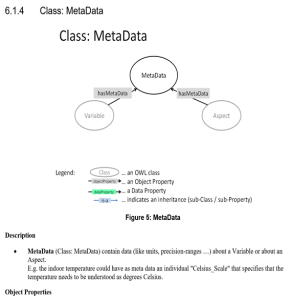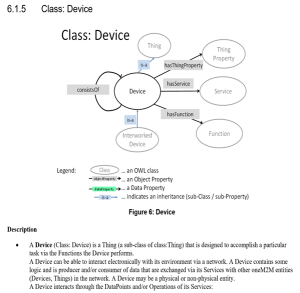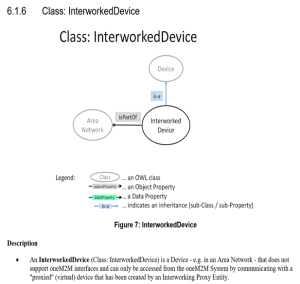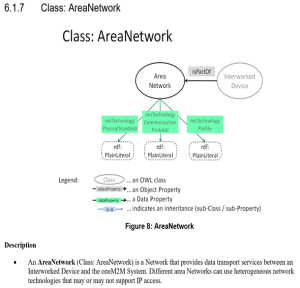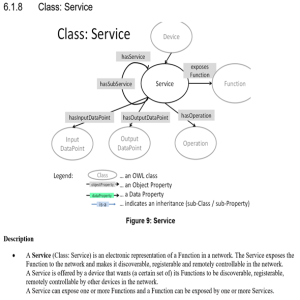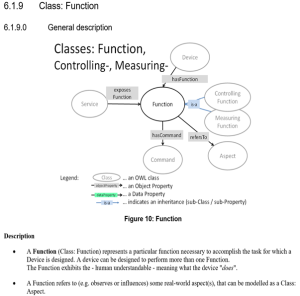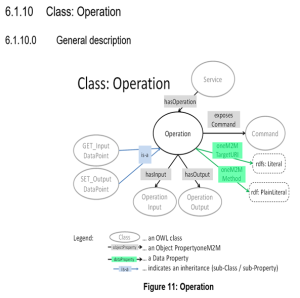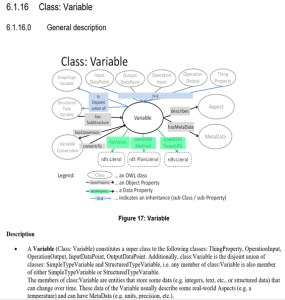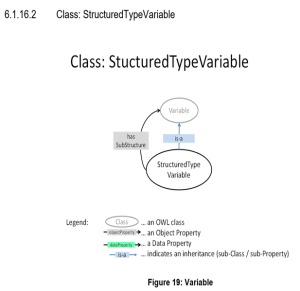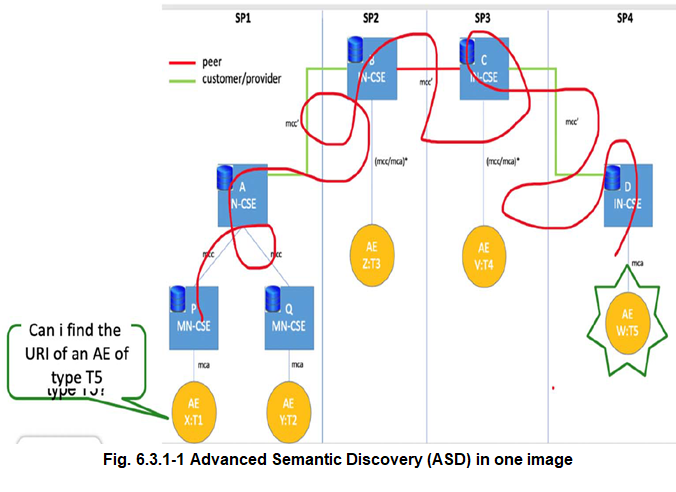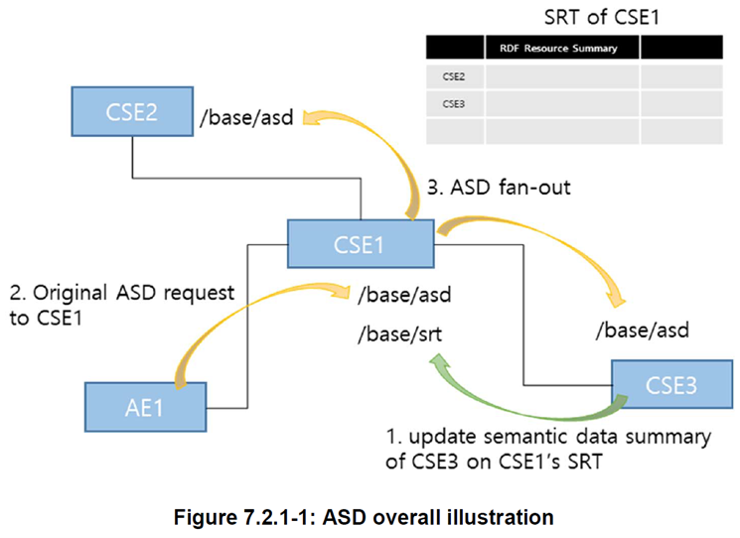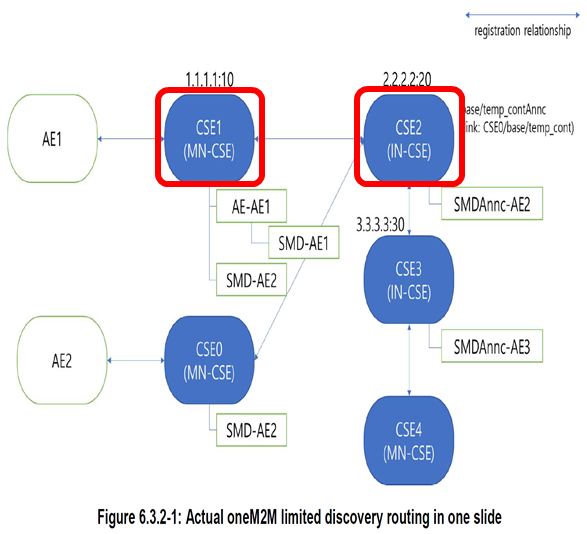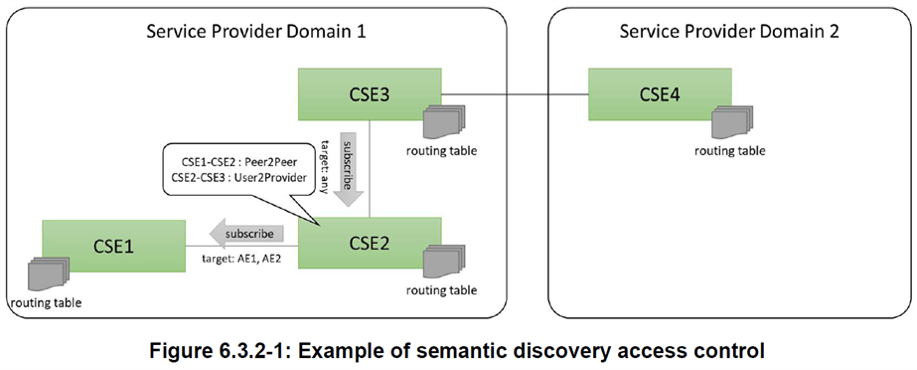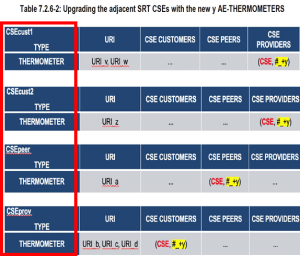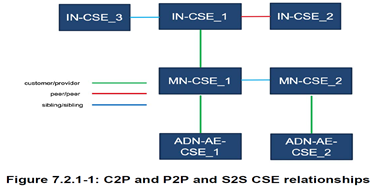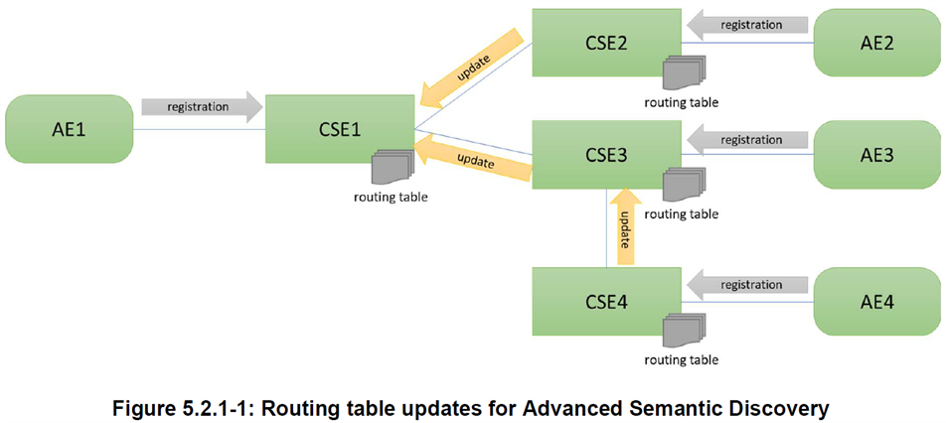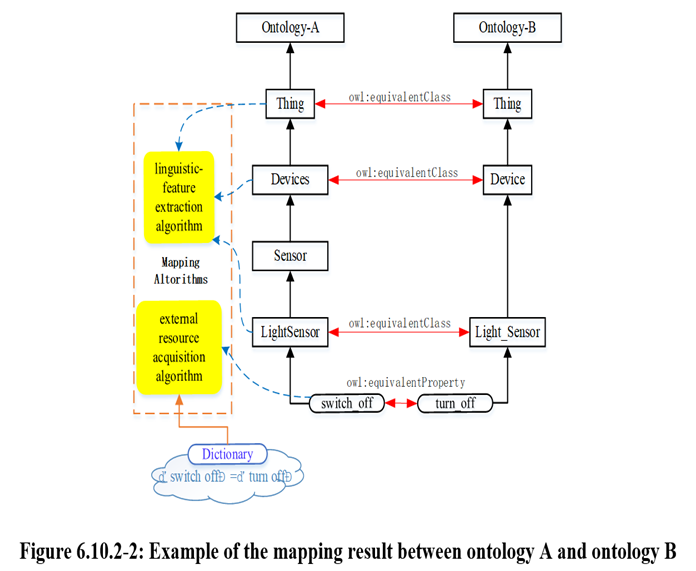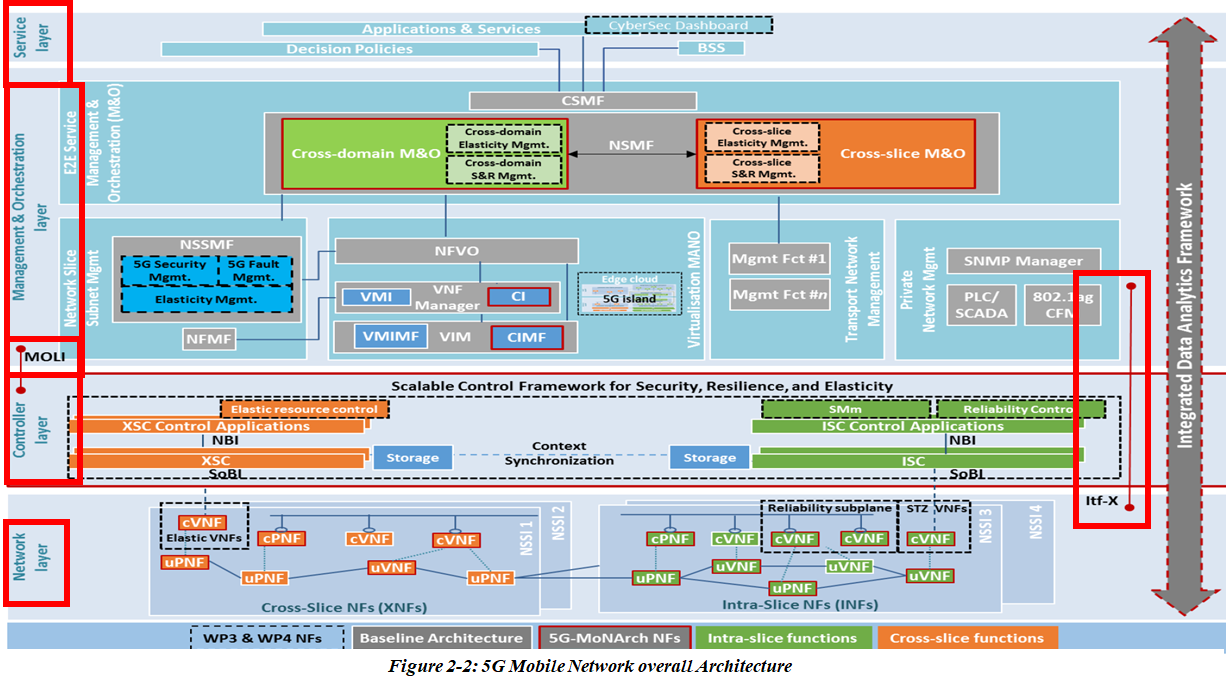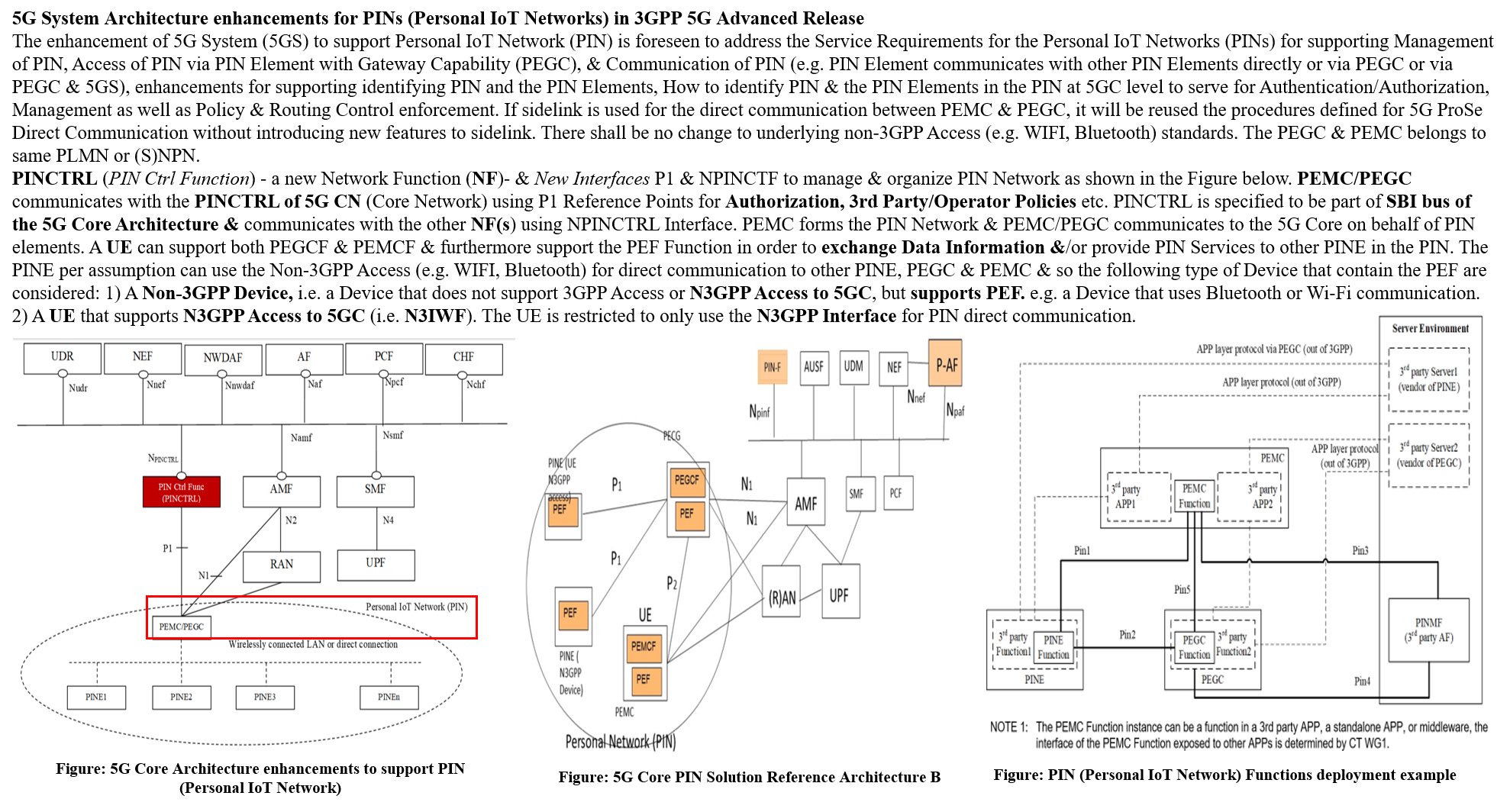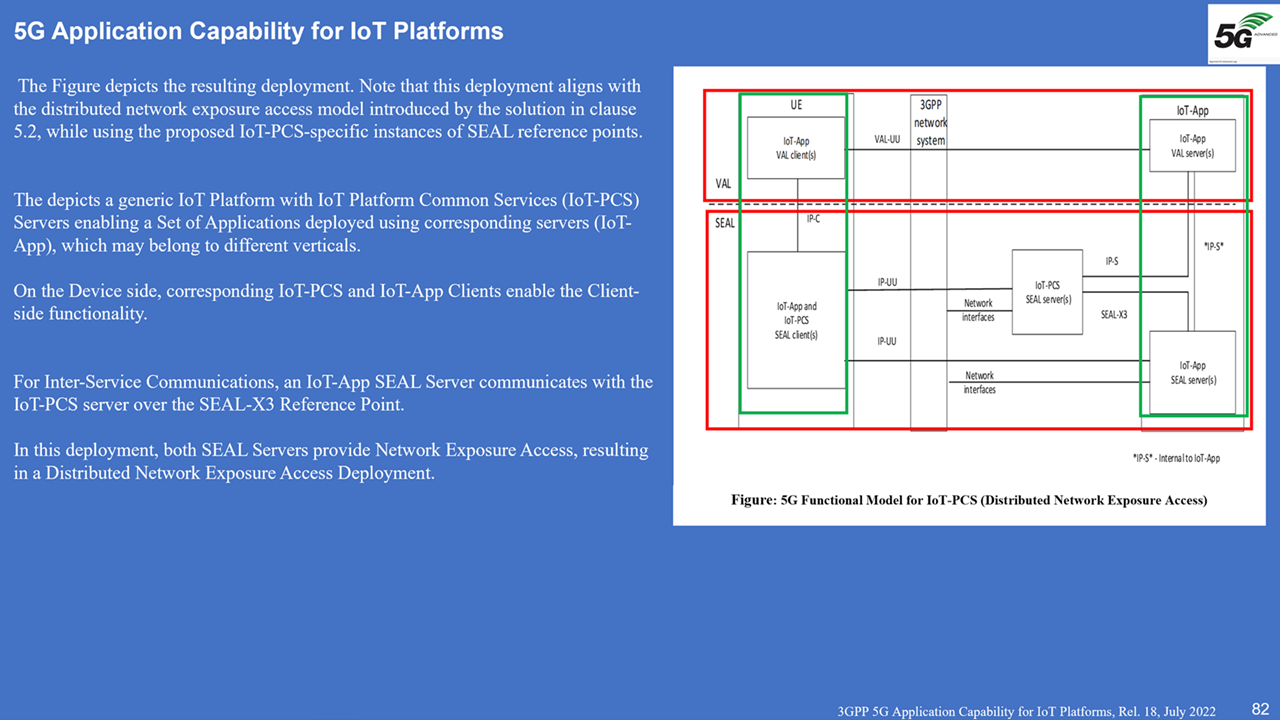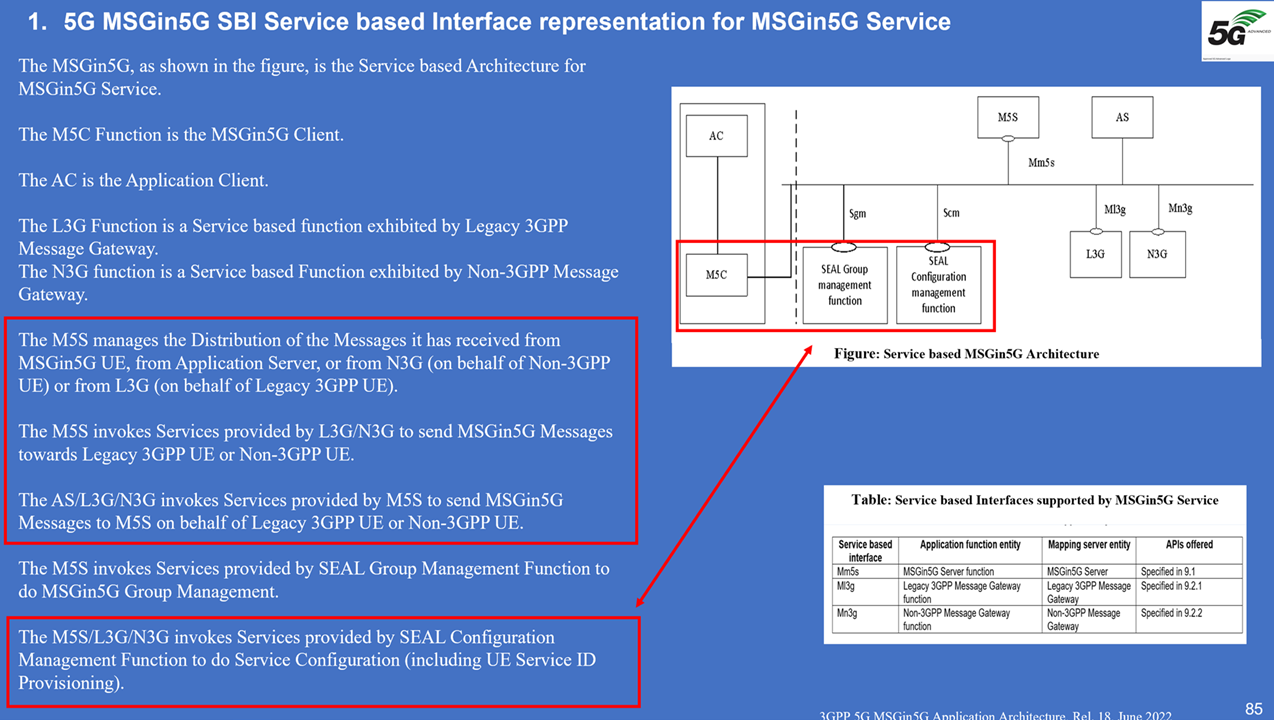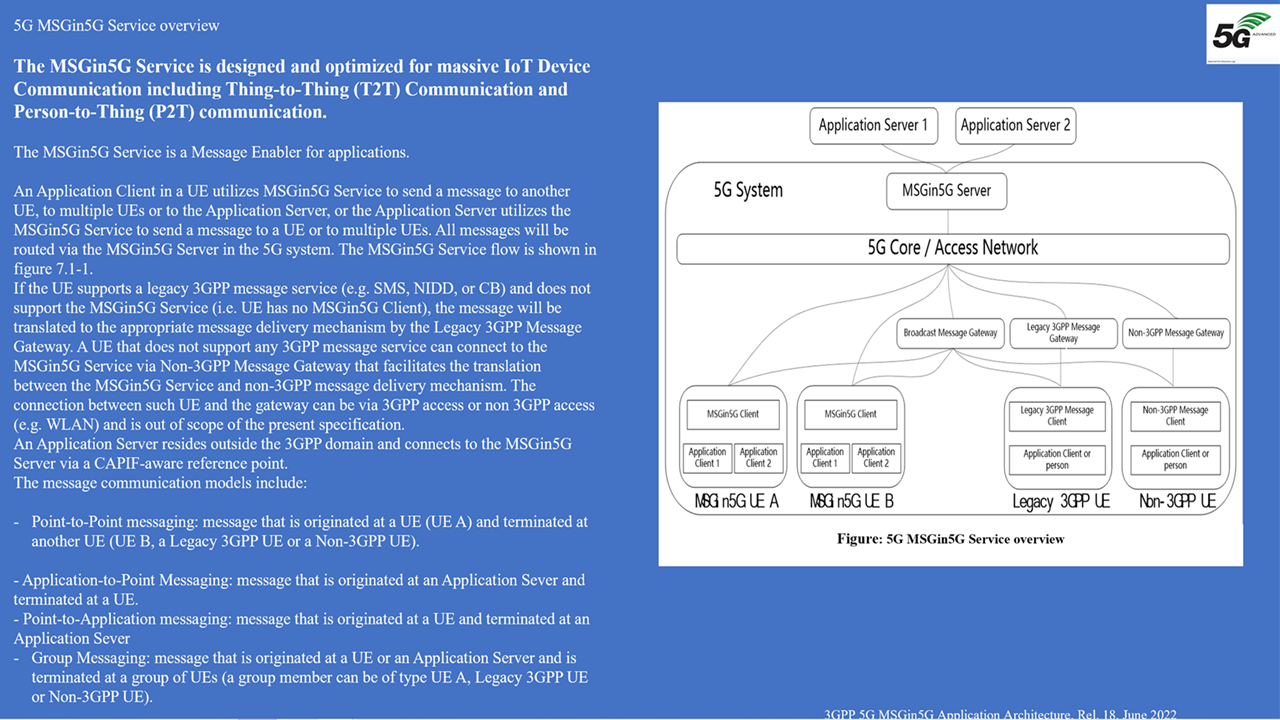oneM2M Overview
The oneM2M Global Organization creates Technical Specifications (TSs) to ensure that Machine-to-Machine (M2M) Communications can effectively operate on a Worldwide scale.
...
The Test Specifications cover different testing aspects such as interoperability, interworking, Conformance, Performance and Security for different Protocols and Network elements.
Akraino IoT oneM2M Contact Person
Akraino oneM2M Contact person - Ike Alisson
oneM2M supported IoT Use Cases (UCs) - SAREF (Smart Applications REFerence) Ontology
oneM2M supports IoT Use Cases (UCs) Smart M2M SAREF (Smart Appliances REFerence) Ontology. Initially, SAREF V1 was common to three (3) Domains, namely:
- Energy,
- Environment
- Buildings
The first core of SAREF (mapped into three (3) Applications’ Domains) has been improved to SAREF V2, thento SAREF V3 to enable mapping of SAREF with more Smart Applications domains such as:
4. Smart City,
5. Smart Industry and Manufacturing
...
...
6. Smart Agriculture and Food,
7. Automotive
...
8. eHealth and Ageing-Well,
9. Wearables
...
10. Smart Water,
11. Smart Lift…)
Like this SAREF became Smart Applications REFerence Ontology (core SAREF) with its domain mapping extensions.
oneM2M Release Roadmap
oneM2M Layered Architecure Model
oneM2M Layered Model comprises three (3) layers:
...
Network Services Entity (NSE): A Network Services Entity provides Services from the underlying Network to the CSEs.
oneM2M Common Service functions (CSFs) (applied to all IoT Domains: SAREF IoT UCs (Use Cases))
oneM2M's horizontal Architecture provides a Common Framework for IoT. oneM2M has identified a Set of Common Functionnalities, that are applicable to all the IoT Domains (SAREF). Think of these functions as a large Toolbox with special tools to solve a number of IoT problems across many different domains. Very much like a screw driver can be used to fasten screws in a car as well as in a plane, the oneM2M CSFs are applicable to different IoT Use Cases (UCs)/Domains in different Industry Domains.
...
Furthermore, oneM2M has standardized how these Functions are being executed, i.e. is has defined uniform APIs to access these functions. Figure 5.3.1-1 shows a grouping of these functions into a few different scopes.
The Services above reside within a CSE (Common Service Entity) and are referred to as Common Services Functions (CSFs). The CSFs provide Services to the AEs via the Mca Reference Point and to other CSEs via the Mcc Reference Point.
oneM2M pre-integrated with 5G (3GPP) Specifications for cIoT
oneM2M baseline Architecture supports interworking with 3GPP and 3GPP Cellular Internet of Things (CIoT) Features such as IP and non-IP Data Control Plane Data Delivery. The oneM2M system may leverage the IoT related Features and Services that 3GPP added in Releases 10 through 15. Features and Services may be accessed by an ADN-AE, MN-CSE, or an ASN-CSE that is hosted on a UE and an IN-CSE that is able to access services that are exposed by a MNO.
...
The Service Capability Server (SCS) is a 3GPP term that refers to an entity which connects to the 3GPP Trust Domain to communicate with UEs used for Machine Type Communication (MTC).
oneM2M Cloud Vendor Independent
oneM2M is Cloud Provider independent: From Fragmentation to Standards and decoupling Device, Cloud, and Application by Open Interfaces.
...
In some Edge/Fog scenarios, an oneM2M Edge/Fog Node can exchange with the 3GPP Underlying Network parameters to be used for optimizing the Data Traffic over the Underlying Network for a set of Field Domain Nodes hosted on UEs. As a result, oneM2M System can avoid the need for the IN-CSE to process Data for the Field Domain Nodes. Figure 9.4.2.1‑1 illustrates the high-level illustration for the loosely coupled Edge/Fog Computing with 3GPP T8 API. The Edge/Fog Node retrieves underlining Network information in a particular area from a SCEF via the IN-CSE and adjusts Data processing/transfer for the Field Domain Nodes.
Artificial Intelligence (AI) and oneM2M IoT Architectures
In Traditional Programming, the Input Data and a Program are fed into a Machine to generate Output. When it comes to Machine Learning (ML), Input Data and Expected Output are fed into the Machine during the Learning Phase, and it works out a Program for itself. To understand this better, refer to the Figure below:
...
The flow of Data has an important bearing on Architectural Components for IoT Solutions, that is part of the analysis of the impact of AI on IoT Architectures, in particular the oneM2M Service Layer. The typical focus is on Data that leads to some form of decision being taken and is classified as 'User-Plane' (UP) Data. The basic Model for IoT Solutions begins with sourcing Data from IoT Devices (illustrated in left-hand side of Figure 1 below). This Data then passes through a Signal Processing and Machine Learning (ML) Process to extract key features and to represent them as Knowledge-based Objects. The next stage of processing involves the Application of Rules-based AI in areas related to Reasoning, Decision making, Supervision and Explainable AI.
This workflow illustrates some of the Generic and Commonly used Data Sourcing and AI/ML Capabilities involved in supporting End-to-End (E2E) IoT Solutions. It also shows how AI/ML Capabilities depend on Service Layer Capabilities. An example (illustrated in right-hand side of Fig. 1) is the relationship between a Registration Capability that manages the Identify of a Device and its Value in providing information about the Provenance of Data used in Pattern Recognition or Causal Inferencing Functions. In this example, the act of tracking data provenance depends on a 'Registration' Service Capability. Provenance tracking can improve the quality and dependability of an AI/ML system and occurs in the background to 'User Plane' (UP) activity. In Architectural terms, such background processes and use of Data that improve the Quality of AI/ML Applications occur in what is referred to as the 'Control Plane' (CP).
A traditional approach (illustrated in Fig 2 below) relies on an Application Ingesting and Storing Data for Processing. The SW implementation concentrates AI/ML and Service Layer Capabilities in the Application Layer. This places a burden on Solution Developers to master Application, AI and Service Layer disciplines.
The alternative is a Developer friendly Approach (illustrated in Fig 3 below). This approach provides developers with an Abstraction Layer - i.e. a Common Service Layer - that makes AI and the more usual IoT-enabling Services accessible through a Standardized API. This arrangement means that the IoT Application can rely on notifications from the Common Services Layer to trigger its Functions when notified of changes in IoT Data. It can also draw on a Library of AI-enabled Services provided within the Common Services Layer.
A Three-Tier Frramework to organize the logical aspects of AI in IoT maps AI Applications into a 'User' Plane (UP).
oneM2M and CIM NGSI-LD (Context Information Management Next Generation Service Interface - Linked Data)
The Goal of the ETSI CIM ISG on Context Information Management is to issue TSs to enable multiple Organisations to develop interoperable SW implementations of a cross-cutting Context Information Management (CIM) Layer.
...
The CIM API allows Users to Provide, Consume and Subscribe to Context Information close to Real-time Access to Information coming from many different Sources (not only IoT Data Sources).
Core NGSI-LD @context
NGSI-LD serialization is based on JSON-LD , a JSON-based format to serialize Linked Data. The @context in JSON-LD is used to expand terms, provided as short hand strings, to concepts, specified as URIs, and vice versa, to compact URIs into terms. The Core NGSI-LD (JSON-LD) @context is defined as a JSON-LD @context which
...
The NGSI-LD Core @context is publicly available at https://uri.etsi.org/ngsi-ld/v1/ngsi-ld-core-context-v1.3.jsonld and shall contain all the terms as mandated by Annex B.
Using Typing vs. using Relationships or Propertiesin ETSI CIM NGSI-LD
Specific types, defined as subclasses of more generic classes, usually have additional properties or relationships that the superclass does not have, or have restrictions different from those of the superclass. There is, however, no single universal criterion to choose between those characteristics of entities that are best expressed by typing, and those that are best expressed by assigning properties.
...
To summarize: instead of associating similar properties to different entities that belong to a common category, a class can be defined to associate all those attributes9 implicitly to all the instances that belong to it. In case of modification of a property, there would be one local placeholder to change, the attribute associated with the class, instead of changing the attribute in all the instances explicitly.
Recommendations for NGSI-LD Typing with Multiple Typing
The following recommendations apply if a form of multiple typing is supported in an NGSI-LD system (which means it does not use the AMPI) and they can be considered for future specifications of the NGSI-LD API.
...
- referencing multiple classes, chosen from generic or use-case-specific ontologies, to characterize specific features or peculiarities of these instances. With multiple typing, this is preferable to the use of properties or narrowly defined subcategories.
oneM2M Semantic enablement and ASD (Advanced Semantic Discovery) for (AE) "Resources"
The oneM2M Architectural Model in oneM2M Semantic enablement specification is based on the generic oneM2M Architecture for the Common Service Layer specified in oneM2M TS Functional Architecture.
...
The SEM CSF includes Specialized Functional Blocks such as: SPARQL Engine, Repositories for Ontologies and Semantic Descriptions, which may be implemented via Permanent or Temporary Semantic Graph Stores, etc.
oneM2M Semantic enablement for (AEs) and ETSI Smart M2M Resource ASD (Advanced Semantic Discovery)
Semantic Discovery in presence of a "Network" of M2M Service Providers (M2MSPs)
The Advanced Semantic Discovery (ASD) aims to discover AEs (also called Resources) that are registered/announced to some CSEs.
...
The ASD differs from the usual one present in oneM2M in the sense that one (or many) AE could be searched for even without knowing its identifier, but just knowing its TYPE or ONTOLOGY membership, as shown in Figure 6.3.1-1.
Advanced Semantic Discovery (ASD) in Figure 6.3.2-1 below describes oneM2M as Semantic Discovery involving multiple CSEs.
ASD within Distributed Network of CSEs belonging a single Service Provider & across different IoT Service Providers.
...
Example of SRT (Semantic Routing Table)
The Ontology Mapping Task performed by
...
A Retrieve operation against the same <OntologyMapping> Resource shall be used to get the result of Ontology mapping. A Delete operation against a <OntologyMapping> Resource shall follow the basic procedure as specified.
3GPP 5G NDL (Network Data Layer) and oneM2M Semantic enablement and ETSI SmartM2M ASD integration
The information related to oneM2M Semantic enablement and ETSI SmartM2M ASD support (integration) with 3GPP specified 5G NDL (Network Data Layer in which Data "Compute" is separated from "Storage" in the process of virtualization of 5G NFs into VNFs/PNFs by separating the context in the NF's Application related Data from the Business Logic in the NF's Application related Data and stored separately in Nodes specified by 3GPP for 5G and denoted as "Structured" and "Unstructured" Data and supported in 5G 3GPP Rel 16 ATSSS (Access Traffic Steering, Switching and Splitting) is deliberately not included and part of the presentation on the oneM2M and 5G New Services.
3GPP Release "5G Advanced" System Architecture enhancements for PINs (Personal IoT Networks)
